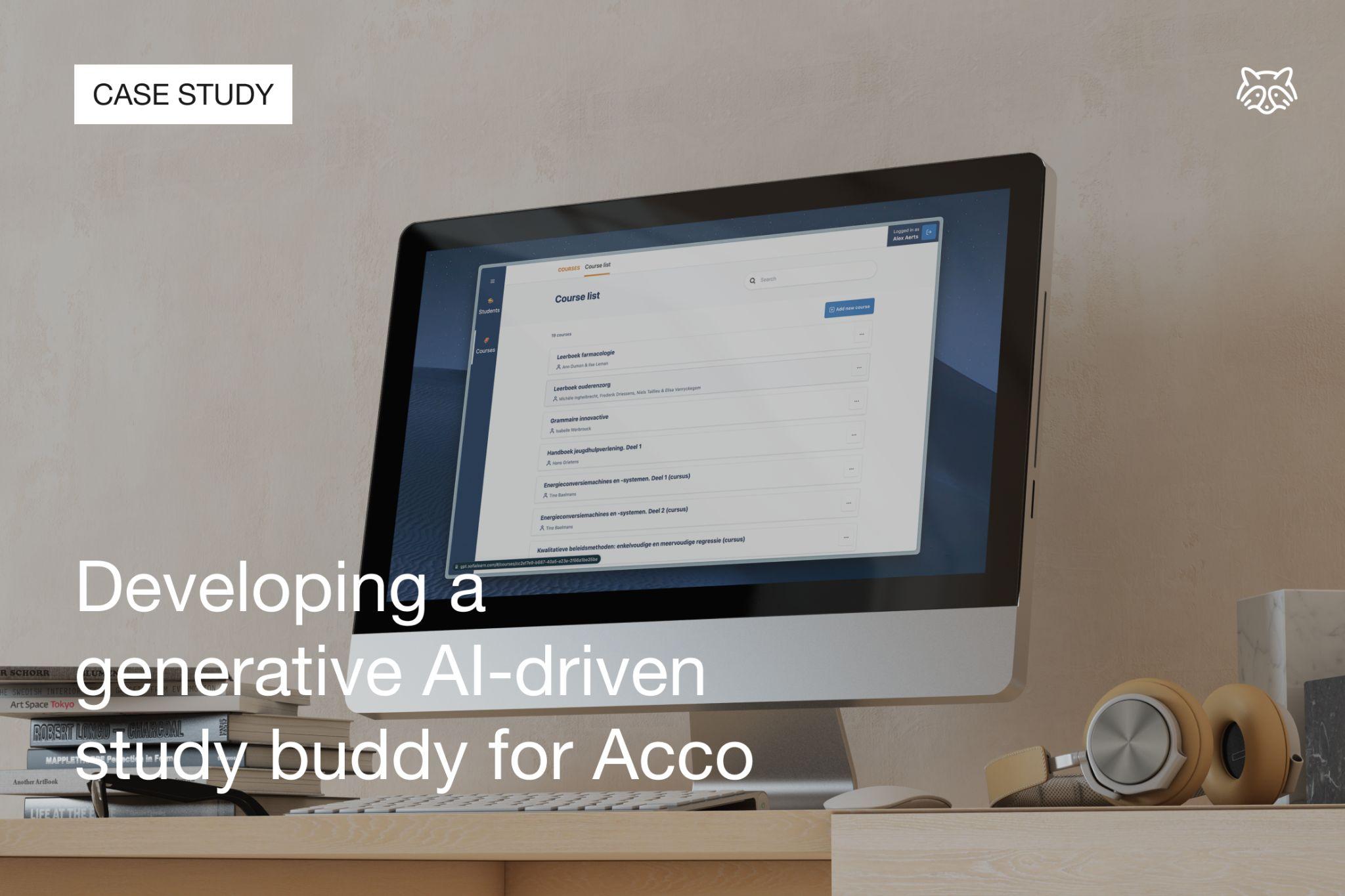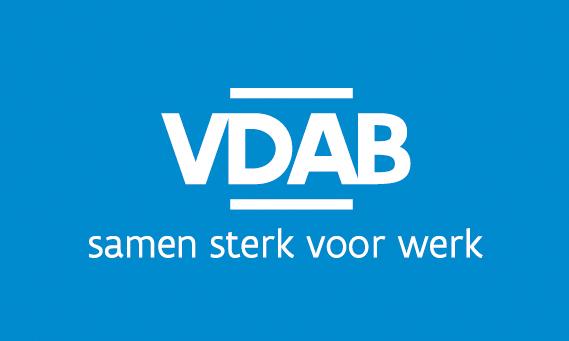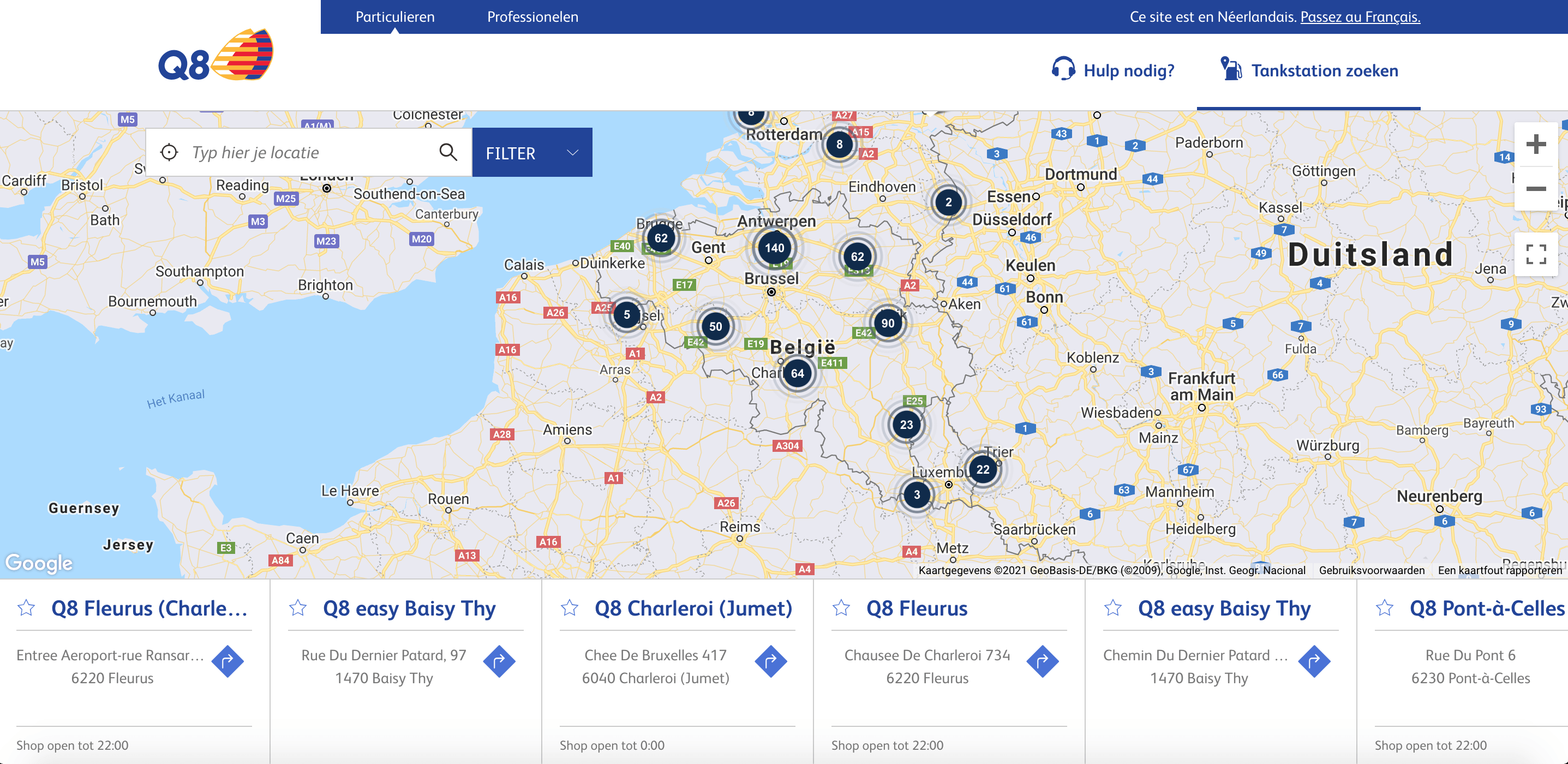
Generative AI driven study buddy
Acco's online learning platform serves as a bridge between traditional and digital education. Embracing the transition to GPT-integrated education, Acco actively incorporates this technology into its digital platform to elevate the overall learning experiences for students.
Challenge
ChatGPT stirred a range of opinions within the educational sphere. Some thought that it might encourage students to take shortcuts by not writing their assignments ithemselves, while others argued that it could usher in a new form of learning, which increases productivity. Acco embraced the transition to GPT-integrated education. The organization is actively incorporating this technology into their digital platform, Sofia, with the aim of enriching the learning experiences for students.
Approach
Acco reached out to us with an interest in exploring the potential of artificial intelligence in education. Following an in-depth exploration of generative AI during our masterclass, Acco had numerous ideas for integrating this technology into their educational platform. So, we made the decision to develop a proof of concept (POC), hosted on Microsoft Azure, harnessing the capabilities of GPT 4.0 to enhance the educational content available on Sofia. This POC represents a transformative approach to processing course materials, incorporating several innovative features:
-
Summarization: The tool's primary capability lies in its ability to summarize any course offered by Acco with a single click.
-
Customizable prompts: Featuring an interactive front-end, users can tailor the model's output to accommodate diverse learning styles and individual needs.
-
Multilingual capability: The POC supports multiple languages.
Considerable emphasis was placed on crafting a user interface that aligns seamlessly with the Sofia brand guidelines, ensuring it covers the varied needs of students. Among testers, the tool has already demonstrated its adaptability as a valuable study aid, streamlining their study routines and making it more engageable.
Conclusion
Our focus remains on maintaining user-friendly design principles, optimizing for diverse educational contexts, and incorporating feedback to further enhance its effectiveness on a broader scale. This successful implementation of generative AI in the educational domain marks the beginning of a new era characterized by innovative and accessible digital learning. It is more than keeping up with technological trends, this initiative represents a fundamental shift in the way students learn. It seeks to render education more adaptive, aligning with the evolving landscape, and aims to equip students for a future where AI becomes an integral component in numerous professions. It underscores a commitment to not only embrace change but to actively shape the educational landscape to meet the demands of an AI-driven future.
























